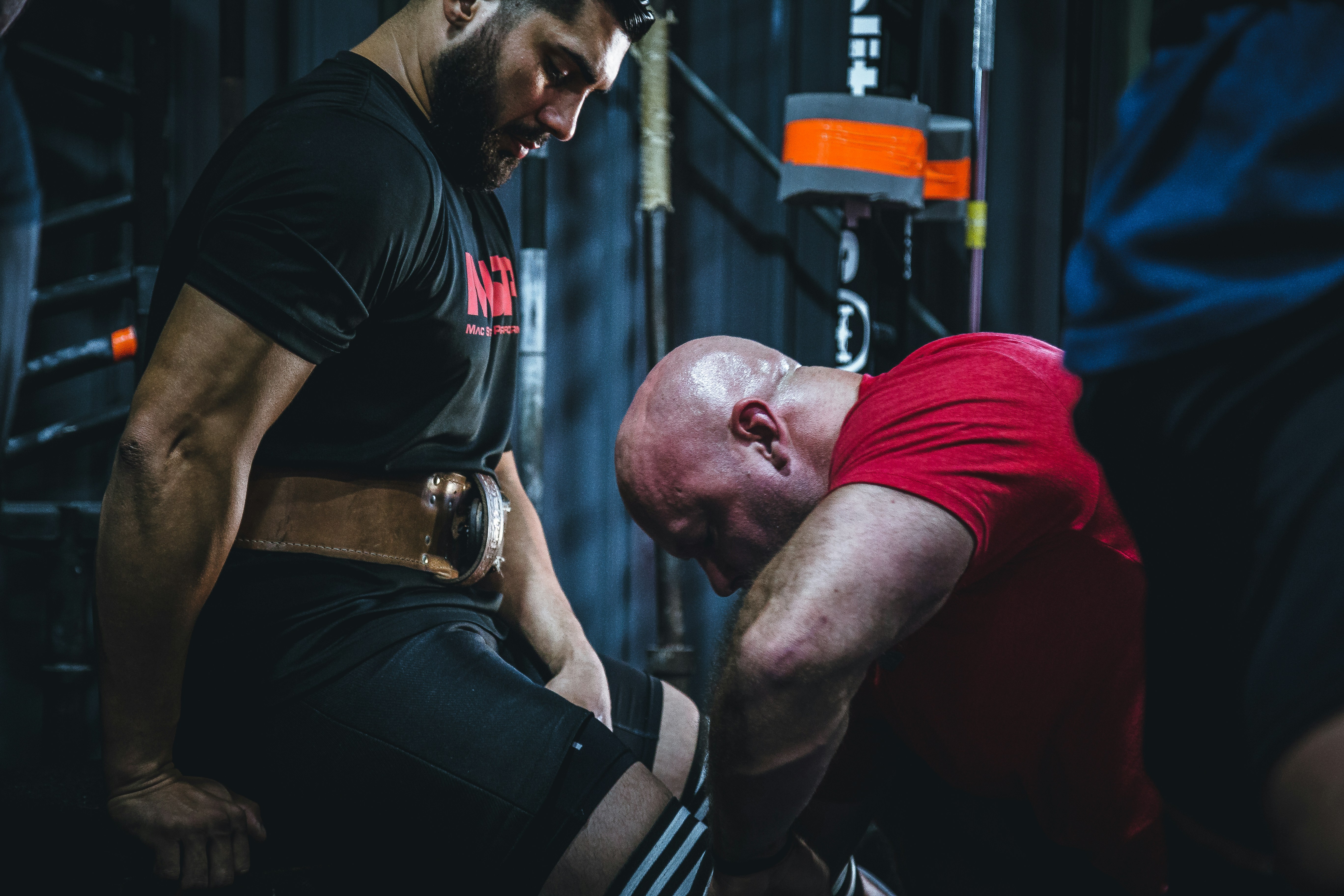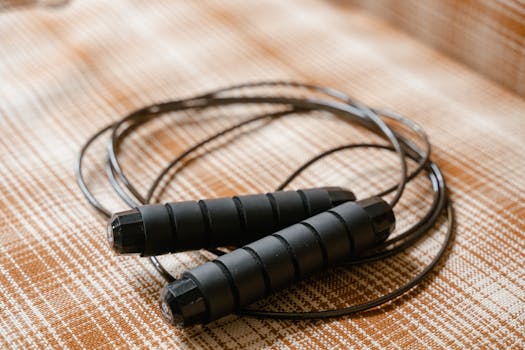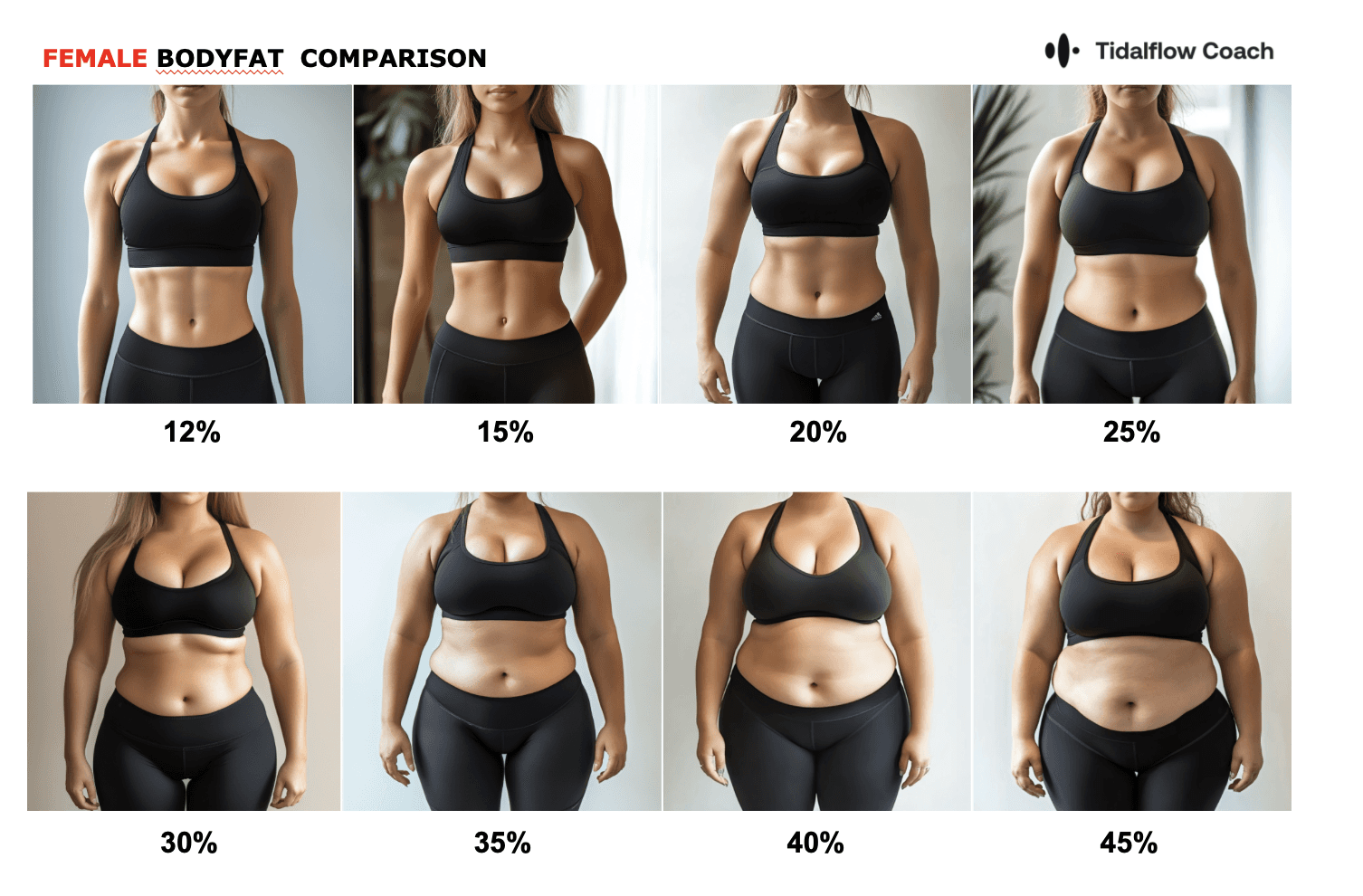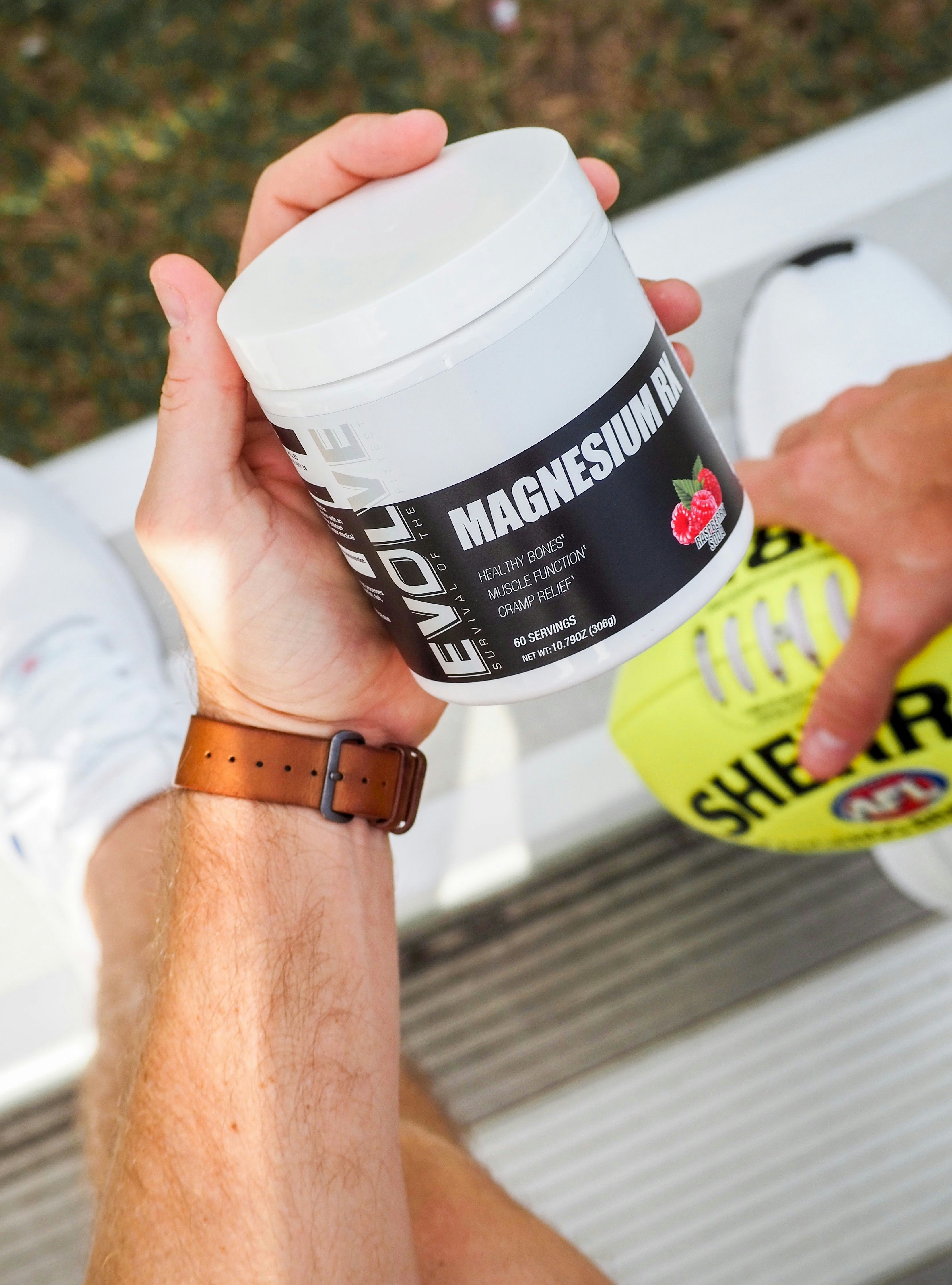Hex Bar Deadlift: Mastering the Ultimate Full-Body Exercise
Sep 25, 2024
Are you looking to supercharge your strength training routine? Look no further than the hex bar deadlift. This powerhouse exercise has gained popularity among athletes and fitness enthusiasts alike, and for good reason. In this comprehensive guide, we'll explore everything you need to know about the hex bar deadlift, from its benefits to proper form and common questions.
What Is a Hex Bar Deadlift?
The hex bar deadlift, also known as a trap bar deadlift, is a variation of the traditional barbell deadlift. It uses a hexagonal-shaped bar that allows you to stand inside it, gripping handles at your sides rather than in front of your body.
The History of the Hex Bar
The hex bar was invented in the 1980s by Al Gerard, a powerlifter who sought a way to continue heavy lifting while reducing strain on his lower back. Since then, it has become a staple in many strength training programs, from high school athletics to professional sports.
Benefits of the Hex Bar Deadlift
Reduced Lower Back Stress: The hex bar's design allows for a more upright posture, decreasing the stress on your lower back compared to traditional deadlifts.
Increased Quad Activation: The hex bar deadlift is considered more "quad-dominant" than its barbell counterpart, making it an excellent exercise for building leg strength.
Easier to Learn: Many beginners find the hex bar deadlift more intuitive and easier to master than the conventional deadlift.
Versatility: The hex bar can be used for various exercises beyond deadlifts, including jump squats and farmer's walks.
Potential for Heavier Lifts: Due to its biomechanically advantageous position, many lifters can handle more weight with a hex bar compared to a straight bar.
Muscles Worked in a Hex Bar Deadlift
The hex bar deadlift is a compound exercise that engages multiple muscle groups simultaneously. Here's a breakdown of the primary muscles targeted:
Quadriceps
Hamstrings
Glutes
Lower Back (Erector Spinae)
Core Muscles
Trapezius and Upper Back
Forearms and Grip Muscles
How to Perform a Hex Bar Deadlift
Follow these steps to execute a perfect hex bar deadlift:
Step into the center of the hex bar, feet hip-width apart.
Bend at your hips and knees to grasp the handles.
Keep your back straight, chest up, and core engaged.
Drive through your heels, extending your hips and knees to lift the bar.
Stand tall at the top, squeezing your glutes.
Lower the bar back to the ground with control, hinging at the hips.
Common Form Mistakes to Avoid
Rounding your back
Lifting with your arms instead of your legs
Looking up or down (keep your neck neutral)
Failing to engage your core
Bouncing the bar off the ground between reps
Hex Bar Deadlift vs. Traditional Deadlift
While both exercises offer significant benefits, there are some key differences:
Bar Position: The hex bar allows for a more neutral grip with hands at your sides, while a traditional deadlift places the bar in front of you.
Muscle Emphasis: Hex bar deadlifts tend to engage the quadriceps more, while traditional deadlifts place greater emphasis on the posterior chain (hamstrings and lower back).
Lower Back Stress: The hex bar typically results in less stress on the lower back due to the more upright posture it allows.
Learning Curve: Many find the hex bar easier to learn and perform with proper form.
Specificity: For powerlifters or Olympic weightlifters, the traditional deadlift may be more specific to their sport.
Addressing Common Questions
What is the downside of a hex bar deadlift?
While the hex bar deadlift offers many benefits, it's not without potential drawbacks:
Less specific to powerlifting competitions
May not develop grip strength as much as a traditional deadlift
Can be more expensive and less readily available in some gyms
Does hex bar count for deadlift?
In terms of building overall strength and muscle, yes, the hex bar deadlift absolutely counts. However, in powerlifting competitions, only traditional barbell deadlifts are recognized.
Why do athletes do hex bar deadlifts?
Athletes often prefer hex bar deadlifts because:
They allow for heavy lifting with reduced risk of lower back injury
The movement closely mimics athletic positions and movements
They're excellent for developing explosive power, especially when used for jump squats
Is a hex bar deadlift better than a sumo deadlift?
Neither is inherently "better" - it depends on your goals and body mechanics. Hex bar deadlifts are generally easier on the lower back and may be preferable for athletes not specifically training for powerlifting. Sumo deadlifts can be excellent for those with longer limbs or those looking to maximize hip and inner thigh engagement.

What bar is best for deadlifts?
The best bar for deadlifts depends on your goals:
For general strength and muscle building: Hex bar or standard Olympic bar
For powerlifting: Standard Olympic bar
For grip strength development: Axle bar or fat bar
For beginners or those with back issues: Hex bar
Incorporating Hex Bar Deadlifts into Your Routine
To get the most out of hex bar deadlifts, consider the following tips:
Start Light: Focus on perfecting your form before adding heavy weight.
Progressive Overload: Gradually increase weight or reps over time to continue seeing progress.
Vary Your Rep Ranges: Mix up your training with both heavy, low-rep sets and lighter, higher-rep sets.
Combine with Complementary Exercises: Pair hex bar deadlifts with exercises like squats, lunges, and Romanian deadlifts for a well-rounded lower body workout.
Use for Explosive Training: Incorporate hex bar jumps to develop power and athleticism.
Conclusion: Elevate Your Training with Hex Bar Deadlifts
The hex bar deadlift is a versatile, effective exercise that can benefit a wide range of fitness enthusiasts and athletes. By incorporating this powerful movement into your routine, you can build overall strength, improve your posture, and reduce the risk of injury compared to traditional deadlifts.
Ready to take your strength training to the next level? Consider adding hex bar deadlifts to your workout regimen. And for personalized guidance on incorporating this and other effective exercises into your fitness journey, why not try Tidalflow's AI-powered personal training?
Get started with Tidalflow today and experience the future of fitness coaching tailored just for you!
You should not have to do it all on your own













